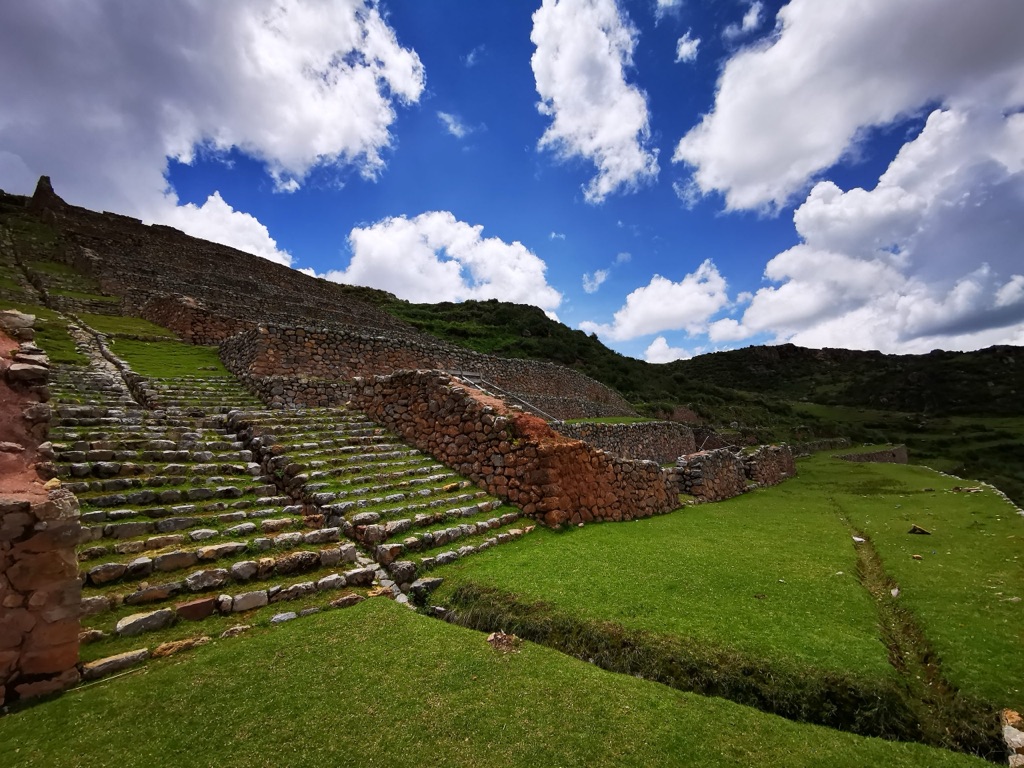Tipon is a significant archaeological site located in the southern region of Peru. This Inca ruin is known for its extensive and intricate agricultural terracing and water channels, showcasing the Inca’s advanced understanding of hydraulic engineering. It is believed to have been a royal estate, including residences, temples, and extensive agricultural lands. The area offers a fascinating insight into the life and technologies of the Inca civilization.
Get your dose of History via Email
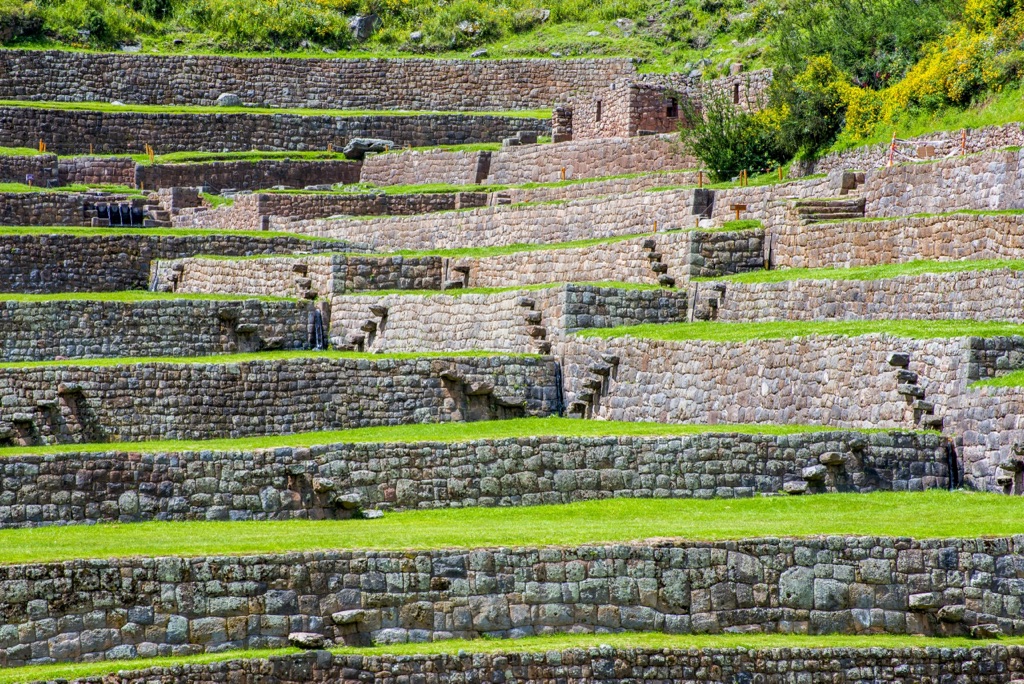
What is the historical significance of Tipon and what civilizations have inhabited it?
Tipon holds a special place in the history of Peru and the Inca civilization. The site is believed to have been used as a royal estate and garden by the Inca nobility, as well as for agricultural production and religious ceremonies, which is a testament to its historical significance. The Inca civilization, known for its advanced understanding of agriculture and hydraulic engineering, inhabited this site. The terraces and water channels they built still function today, a testament to their engineering prowess.
The site was likely used for agricultural experimentation. The terraces’ varying altitudes and microclimates would have allowed the Inca to test and adapt crops for growth in different conditions. This knowledge would have been crucial in an empire that spanned diverse ecosystems, from coastal deserts to high-altitude mountains.
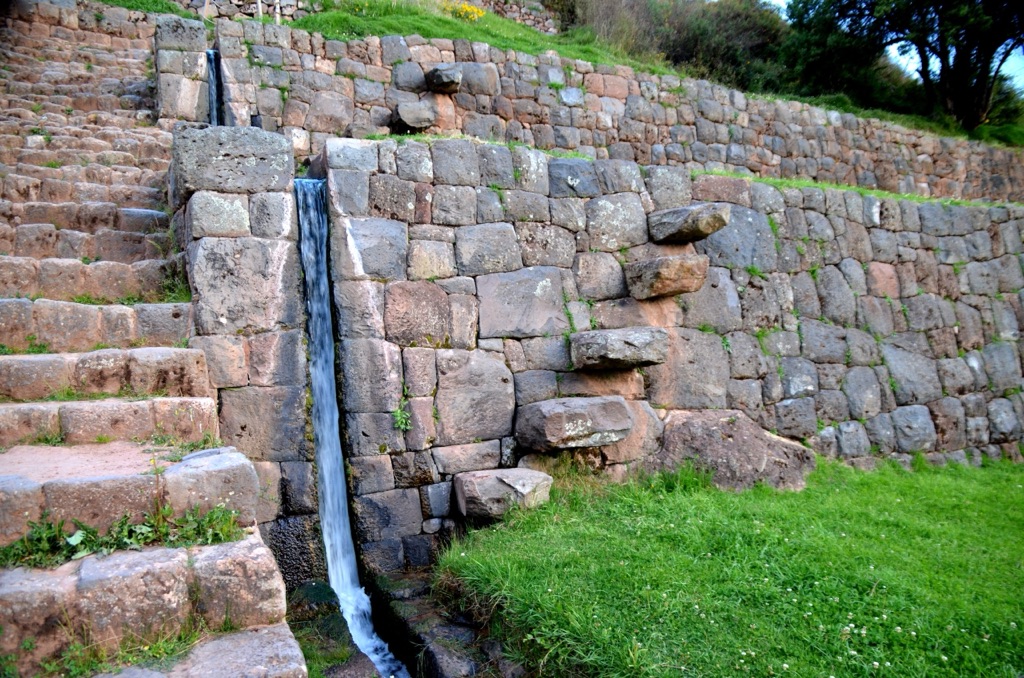
Beyond the Inca, there is evidence that pre-Inca cultures also inhabited the area, namely the Wari and the Colla. These cultures likely laid the groundwork for the Inca’s later innovations. Despite this, the Inca’s influence is the most visible at Tipon, with their characteristic terraces and stonework dominating the landscape.
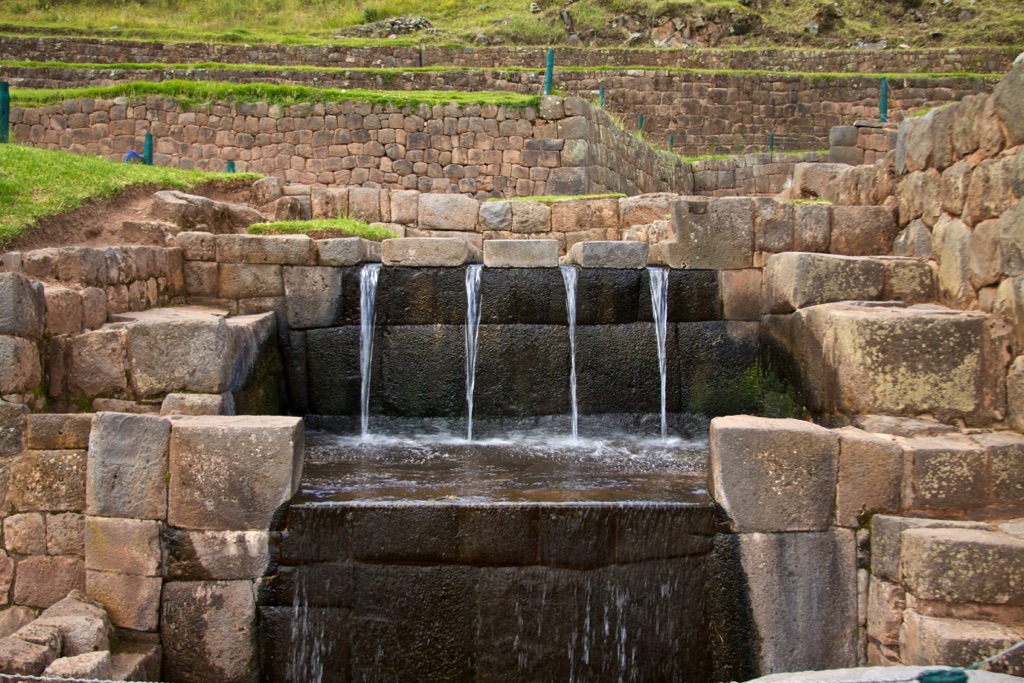
What are some of the key architectural features and discoveries made at Tipon?
The most striking architectural feature at Tipon is undoubtedly its agricultural terraces. These terraces are a testament to the Inca’s advanced understanding of agriculture and hydraulic engineering. The terraces are fed by a complex system of canals and water channels, which distribute water evenly across the terraces. This system is still functional today, despite being hundreds of years old.
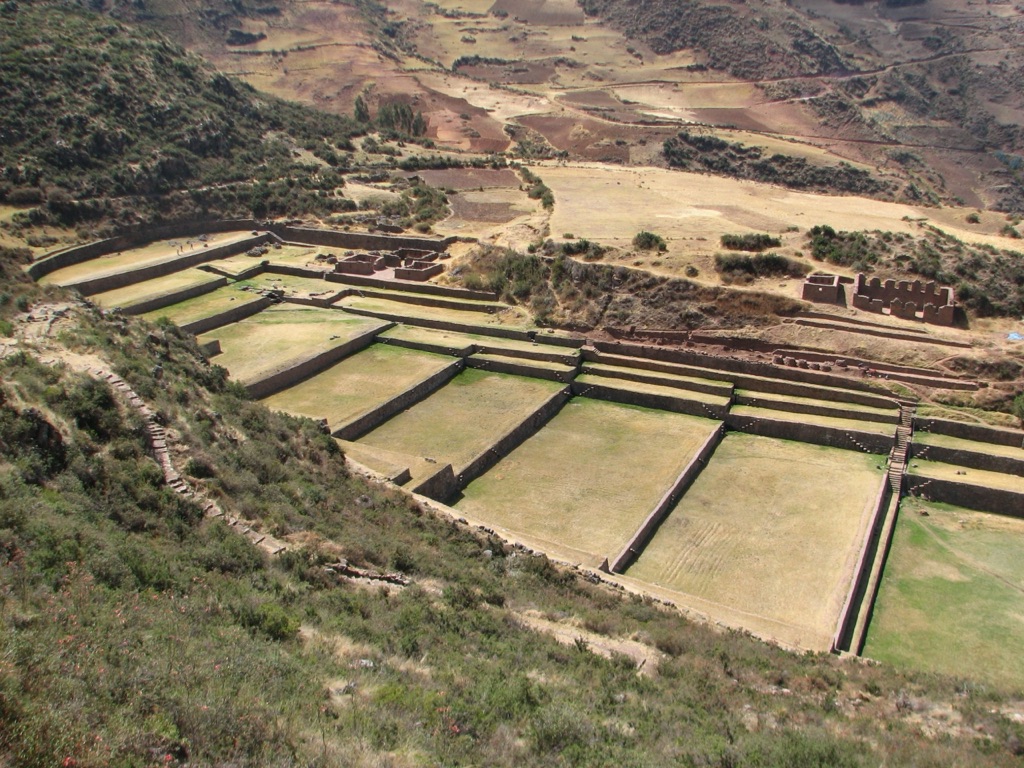
Another key architectural feature at Tipon is its stonework. The Inca were known for their masonry skills, and Tipon is no exception. The site features finely cut and fitted stones, which have withstood the test of time. This craftsmanship is particularly evident in the site’s temples and residences.
In terms of discoveries, archaeologists have found a variety of artifacts at Tipon. These include pottery, tools, and other items that provide insight into the daily life of the Inca. Additionally, the site’s terraces and water channels offer valuable information about the Inca’s agricultural and engineering practices.
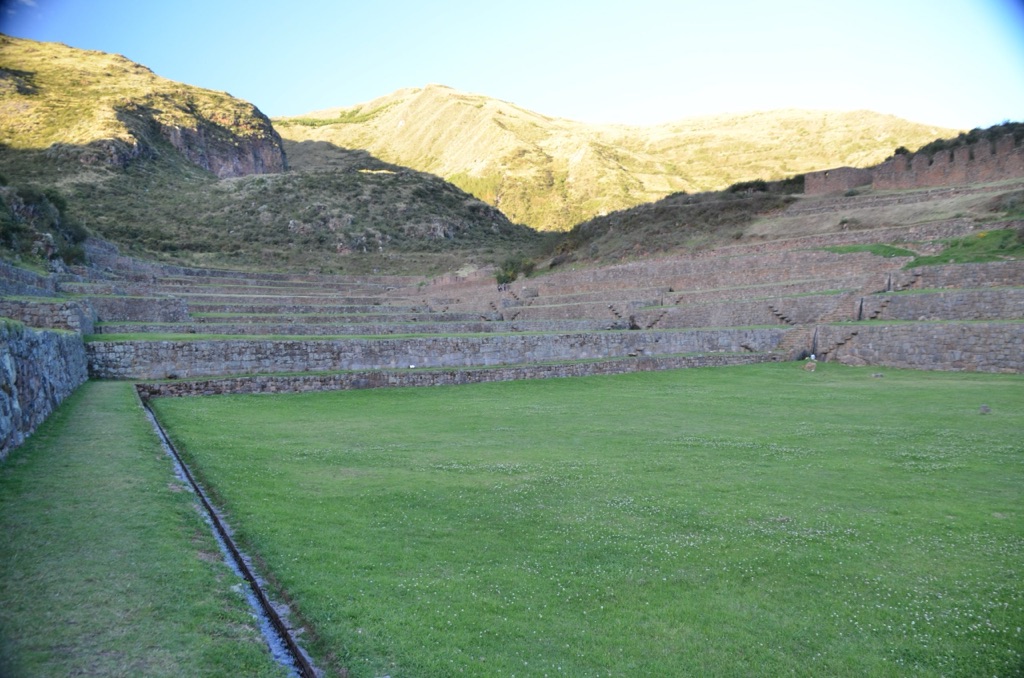
Conclusion and Sources
In conclusion, Tipon is a fascinating archaeological site that offers valuable insights into the Inca civilization. Its terraces and water channels showcase the Inca’s advanced understanding of agriculture and hydraulic engineering, while its stonework and artifacts provide a glimpse into their daily life. The site’s historical significance and architectural features make it a must-visit for anyone interested in the Inca civilization.
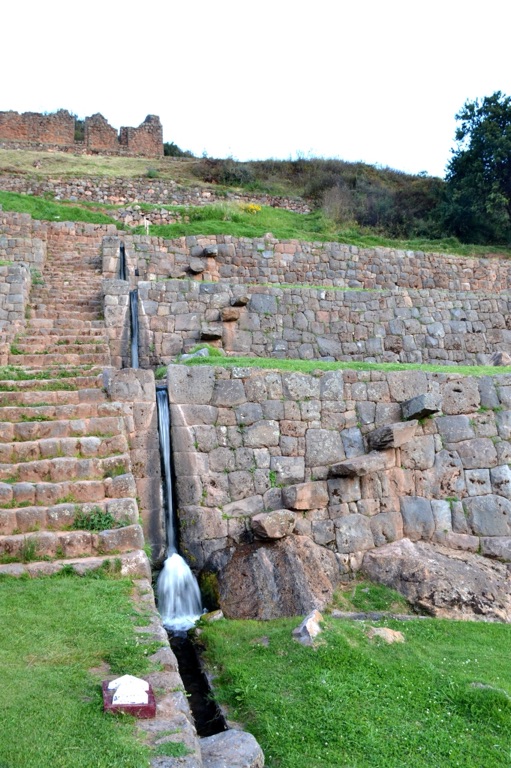
For further reading and to verify the information provided, the following sources are recommended:

